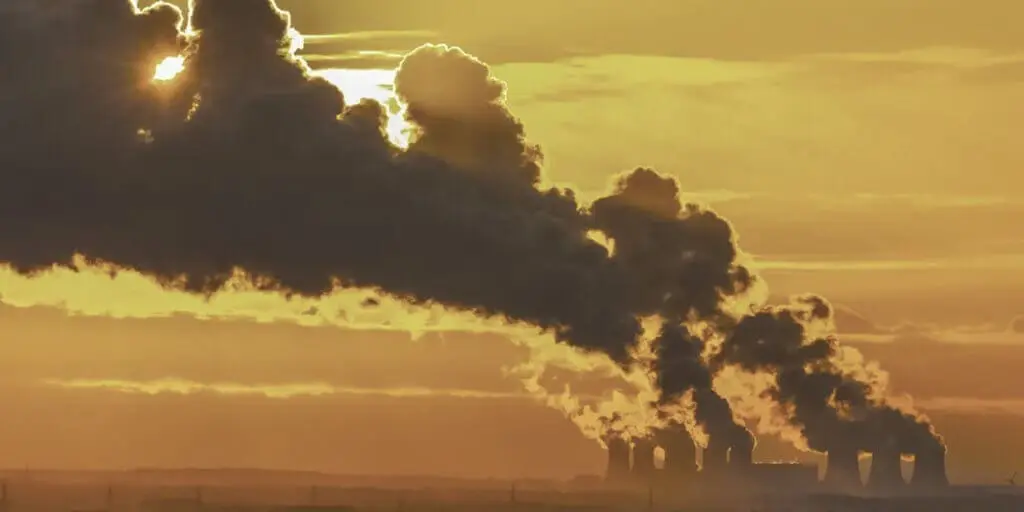Large-scale direct carbon air capture possible by 2030
In an Interview with Third Bridge Forum, the specialist told us that DAC technology was introduced in 2009 and that there are currently 19 pilot plants capturing up to 10,000 tonnes of CO2. In addition, there is a one million-tonne carbon capturing unit managed by Carbon Engineering and Occidental Petroleum, also known as Oxy.
We were told that the International Energy Agency estimates a DAC project costs USD 130-330 per tonne. However, the specialist said these figures do not take into account the cost of other components such as compression, transportation and injection. With these included, the specialist said the overall cost of a current DAC project would likely be USD 600-1,000 per tonne.
The specialist highlighted Climeworks as a company “going in the right direction” as it attempts to reduce carbon capture and storage (CCS) costs to USD 200-300 per tonne by 2030. The specialist told us the Swiss company is planning to build a plant capable of capturing 40,000 tonnes of CO2 per year, but faces challenges to develop this technology. The specialist also analysed the partnership between Carbon Engineering and Oxy Low Carbon Ventures, with their project currently in the “pre-feasibility” stage.
Oil majors are now increasing their involvement in CCS, the specialist said. Chevron has invested in carbon capture company Carbon Clean in a deal that could enable it to “rapidly expand” orders. However, the specialist warned that Chevron might eventually try to acquire the company or stop it from licensing its technology to third parties – something it currently does. One of the advantages of oil majors’ involvement in CCS is their ability to develop CO2 hubs that can share “substantial knowledge” with one another. This is particularly attractive for national governments, according to the specialist, given their preference to fund a consortium rather than individual companies.
The current business model for companies involved in CCS and DAC projects mostly operate on government incentives and carbon credits, the specialist told us. However, they said this could change to include selling high-purity CO2 to food and beverage companies or to energy companies that can combine it with green hydrogen to make alternative fuel.
For this to become viable, the specialist said the costs of CCS need to reduce by USD 50-100 per tonne. The specialist said they were confident this can be achieved, given the pressure on companies by investors to reduce their carbon footprint, as well as continued government efforts to incentivise investment in CCS.
“These emerging new opportunities for innovation from different players may accelerate the development of direct air capture,” the specialist told us. “I’m very sure, by 2030, we may be able to make large-scale direct air capture possible.”
To access all the human insights in Third Bridge Forum’s CCS (Carbon Capture & Storage) – DAC (Direct Air Capture) 2022 Outlook & Key Projects Interview, click here to view the full transcript.
The information used in compiling this document has been obtained by Third Bridge from experts participating in Forum Interviews. Third Bridge does not warrant the accuracy of the information and has not independently verified it. It should not be regarded as a trade recommendation or form the basis of any investment decision.
For any enquiries, please contact sales@thirdbridge.com



